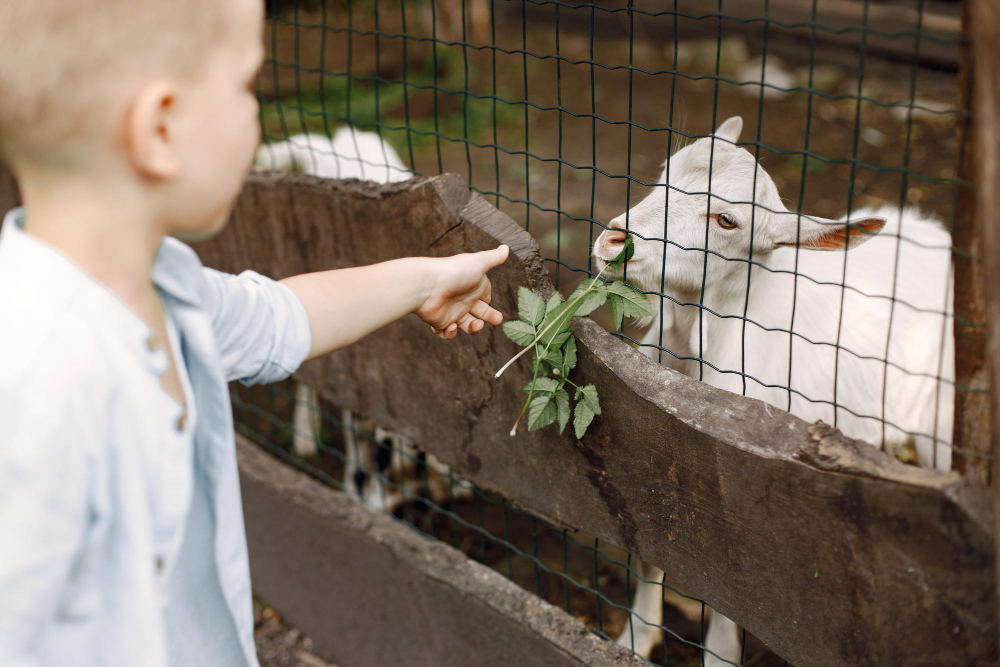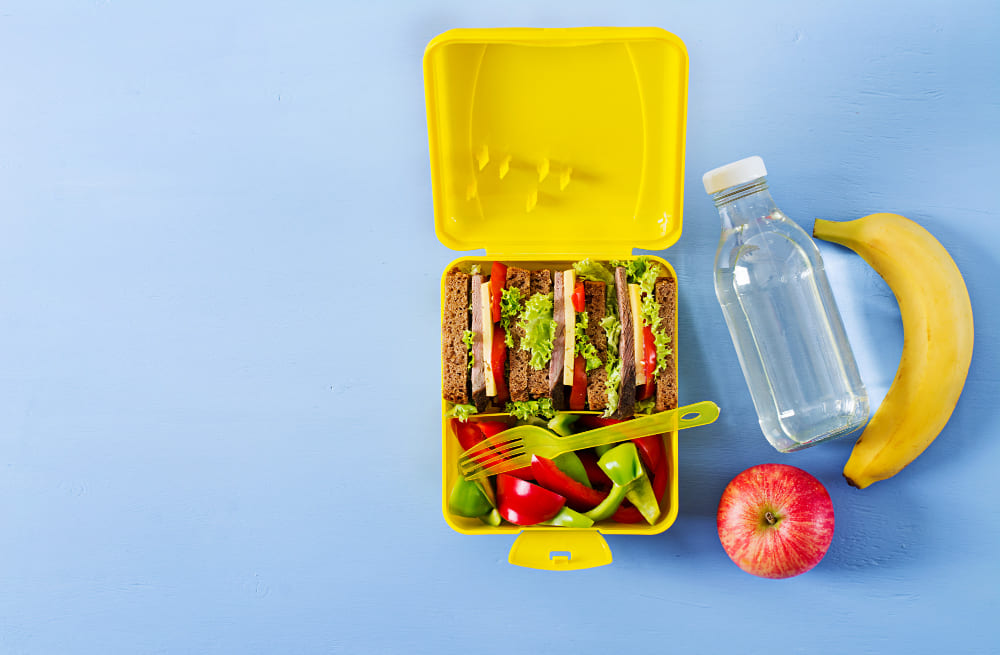Yes, you read the title right! You’ve been looking forward to seeing your child at the end of the day, and rush to pick them up from daycare, only to be met with silence or crying because they don’t want to leave. This can be heartbreaking and frustrating!
This isn’t uncommon though; some kids act out at pick-up time. There are tantrums, they may not seem happy to see you, or they just don’t want to leave. It becomes a power struggle getting them to put on their bags and exit the daycare center, which can lead to tears and shouting.
There are usually two reasons for this: your child is having too much fun at the moment and doesn’t want to leave, or they’ve had a long day and are tired and act out with the person they are most comfortable with –you.
Here are some tips to help you avoid a tough time during pick-up:
- Don’t rush your child during pick-up. Yes, you’ve had a long day too and want to get home. But give your child time to finish whatever they’re doing, allow them to say bye and get ready to leave. It also helps to hug your child and tell them you can’t wait to hear about their day on the way home.
- Have a routine for pick-up and talk to your child about it in advance. Say you’ll be picking them up at a certain time and show them on a watch. During pick-up time walk around with your child and say bye to their teachers and friends. Another idea is to have a special snack ready for the drive back home after daycare.
- If you’ve reached daycare and your child is too engrossed in an activity or playing and not ready to leave, tell them that they can have five more minutes of play time before it’s time to go. Set an alarm on your phone or watch and show your child. Tell them that when the beeping starts they have to stop whatever they’re doing and get ready to go home.
- Make leaving fun and interactive. Tell your child that you need help carrying your bag to the car, or inform them that daycare is closing and ask if they would like to lend a hand by switching off the lights. While heading to the car from daycare, have your child hop like a bunny or sing a funny song together during the walk.
- Once your child and you are home from pick-up, set aside 15 to 30 minutes of special time where you can color together, play or read stories – whatever your child enjoys doing. This way there is something for them to look forward to after daycare and they’ll be excited to get home.





